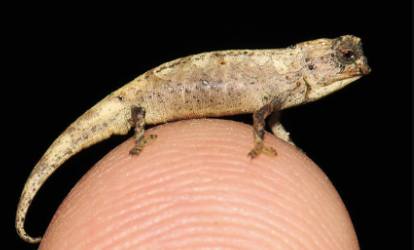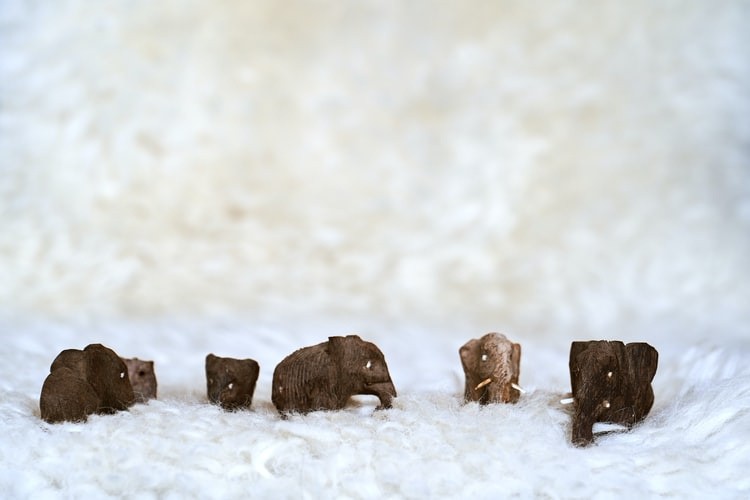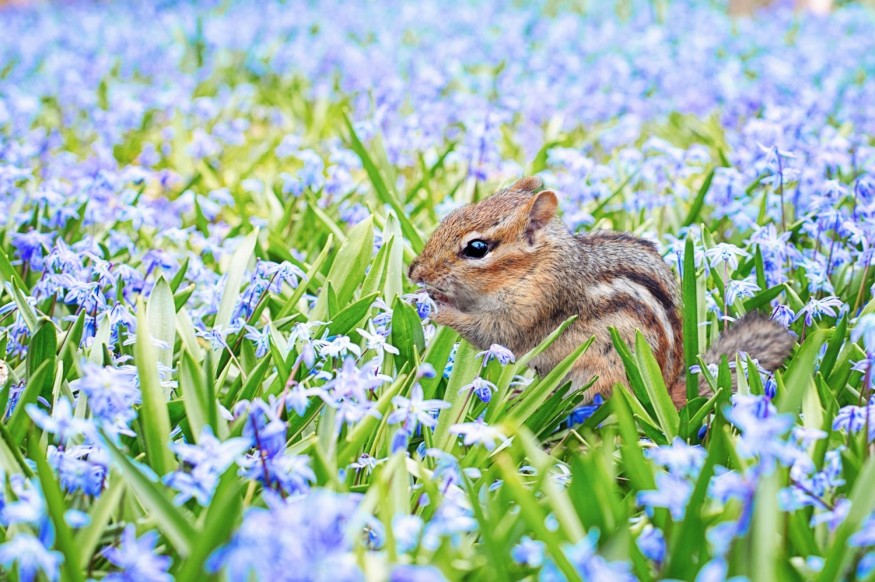With the recent discovery of the nano-chameleon (Brookesia nana), a new contender for the title of the world's smallest reptile, the interest for miniaturized versions of relatively bigger animals experienced a spike.

As of right now, the title of the "world's tiniest" is being contested by the nano-chameleon and the Jaragua dwarf gecko (Sphaerodactylus ariasae). However, it won't be a simple "who's smaller" contest.
Related Article: Nano-Chameleon: World's Tiniest Reptile Comes With Big 'Package'
According to herpetologist and evolutionary biologist Dr. Mark Scherz, it won't be easy to determine who wins the title because it is not a black and white situation. This is because of sexual size dimorphism.
Most female nano-chameleons are considerably bigger than their male counterparts. They are also bigger than Jaragua dwarf gecko females. "As a result, whether or not the new species is considered the smallest amniote (a group of limbed vertebrates) in the world depends on whether we define that based on the male or female body size, or the midpoint of the two," Scherz writes. Size dimorphism is a pretty common issue in the reptile kind.
Despite the complication, one thing is for sure, it points the spotlight to the fact that many animal species are shrinking. But, why is that?
Shrinking Animals

Lots of animals also developed smaller and smaller body sizes, from dwarf mammoths to miniature lizards. Here are some of the more unusual examples.
In the animal world, species whose body proportions are smaller copies of their ancestors and descendants are relatively widespread. But serious examples remain rare.
Typically, a smaller body size results in simpler morphology. This is more apparent in the forms of fewer fingers on the hands and feet, less skull bones, and some species develop less offspring than larger relatives (although these offspring appear to be physically larger in frogs, and some small species actually have higher birth rates)."
Benefits of shrinking
"Being small corresponds to a range of biomechanical, physiological, and ecological restrictions. So, growing a tiny scale would be evolutionarily beneficial. In certain ways, it may be a way to circumvent competitive environmental stresses or to take advantage of an ecological niche," says Felisa Smith of the University of New Mexico, Albuquerque, USA, who has extensively studied animal body size.
Theories for the benefits of being smaller, she explains, include increased heat dissipation as body size decreases, earlier reproduction within a species' lifespan, as smaller animals tend to be more abundant, and possibly greater resistance to extinction.
Is smaller better?

The island rule is one hypothesis for the insular experimentation of evolution. The rule states that smaller species will evolve into oversized versions of their mainland ancestors after establishing themselves on an island. Larger species, meanwhile, will tend to develop into smaller variations. These processes, respectively, are known as insular gigantism and insular dwarfism. They do this to fill the available ecological niches for them, which often differ from those they serve on the mainland.
The implications of this phenomenon will, however, extend beyond the species themselves. This could result in ecosystem-wide changes. Body size is an essential measure of an animal's longevity, lifespan, and capacity to survive challenging conditions like food scarcity or drought. The body's size also determines how much food an animal needs, how vulnerable it is to predators, and what sort of food it may consume.
ALSO READ: The Mystery Behind Wombat's Cubed Feces
For the latest news from the animal kingdom, don't forget to follow Nature World News!
© 2025 NatureWorldNews.com All rights reserved. Do not reproduce without permission.





